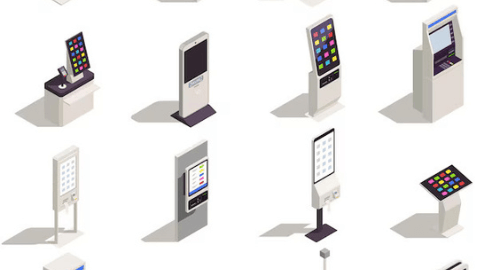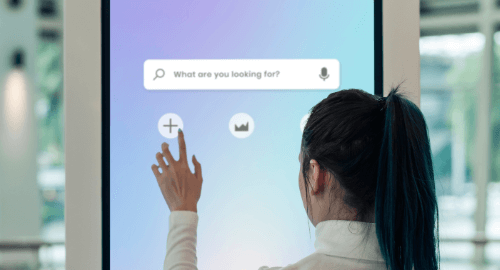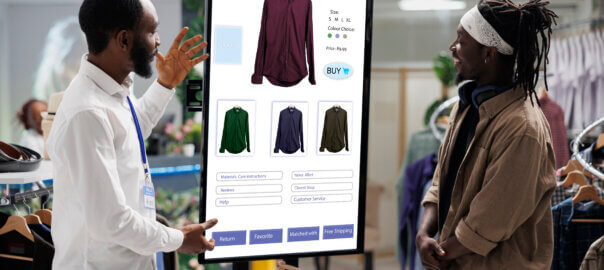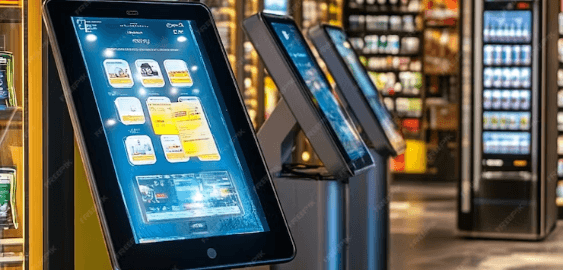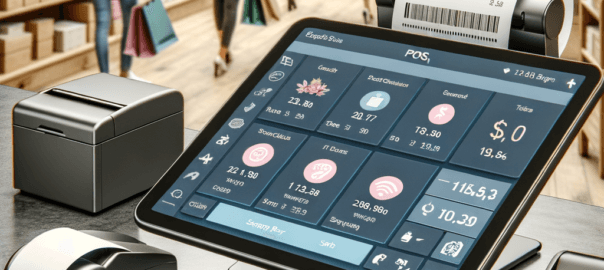
In today’s digital age, self-service kiosks have become ubiquitous in various public and private settings, offering convenience and efficiency. Whether you’re checking in at an airport, ordering food at a restaurant, or conducting transactions at a bank, these kiosks streamline processes for users. However, ensuring these kiosks are accessible to all individuals, including those with disabilities, is paramount. One of the key elements that contribute significantly to accessibility is the provision of comprehensive audio and visual feedback.
Enhancing Accessibility Through Audio Cues
Audio cues play a crucial role in making self-service kiosks accessible to users who are blind or have low vision. Imagine navigating a kiosk independently without being able to see the screen clearly. In such cases, audio cues provide vital information about the kiosk’s functions and guide users through the interaction process. Here’s how audio feedback enhances accessibility:
Instructional Guidance: Audio instructions help users understand how to interact with the kiosk, from selecting options to completing transactions. Clear, step-by-step audio prompts ensure users can navigate without visual assistance.
Feedback Confirmation: Audio feedback confirms actions taken by the user, such as selecting a menu option, entering information, or completing a transaction. This confirmation reassures users that their inputs are registered correctly.
Error Notifications: In case of errors or incomplete inputs, audio cues alert users promptly. Clear error messages guide users on corrective actions, ensuring a smooth user experience.
Multilingual Support: Audio cues can be provided in multiple languages, accommodating diverse user groups and promoting inclusivity in public spaces.
The Role of Visual Indicators
Visual indicators complement audio cues to enhance usability and accessibility for all kiosk users, including those with disabilities. Visual feedback is essential for users who may have hearing impairments or prefer visual confirmation of their actions. Key aspects of visual feedback include:
Clear Interface Design: Visual indicators such as high-contrast colors, large fonts, and intuitive icons make it easier for users to navigate the kiosk interface. Consistent design elements across screens improve usability.
Status Updates: Visual cues inform users about the current status of the transaction or process. Progress bars, icons, and animations indicate loading times, completion stages, or waiting periods.
Accessibility Features: Adjustable screen brightness, glare reduction, and touch sensitivity options cater to users with visual impairments or sensitivity to light, ensuring comfortable interaction.
Integration with Audio Feedback: Visual indicators should align with audio prompts to provide synchronized guidance and confirmation, enhancing overall user confidence and satisfaction.
Design Considerations for Accessibility
Creating accessible self-service kiosks involves thoughtful design and integration of audio and visual feedback mechanisms. Here are some essential considerations:
User Testing: Conduct usability testing with individuals who have disabilities to gather feedback and refine accessibility features.
Compliance with Standards: Adhere to accessibility standards such as the Americans with Disabilities Act (ADA) guidelines, ensuring kiosks are accessible to users with diverse needs.
Continuous Improvement: Regular updates and maintenance of kiosk software and hardware to enhance accessibility features based on user feedback and technological advancements.
Conclusion
In conclusion, incorporating robust audio and visual feedback mechanisms in self-service kiosks is crucial for creating inclusive environments where all users can independently and confidently interact with technology. By prioritizing accessibility in design and implementation, businesses and organizations not only comply with regulatory requirements but also foster a positive user experience for everyone.
Ensuring accessibility in self-service kiosks through audio and visual feedback is not just about meeting legal obligations; it’s about promoting inclusivity and enhancing usability for all individuals, regardless of their abilities. By embracing these principles, businesses can contribute to a more accessible and equitable society.


